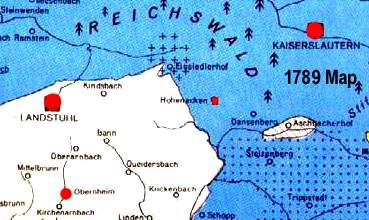 |
 |
 |
 |
|
Prior to 1875 this region of Germany included about 200 separate states in the Pfalz and about 600 in Wurttemberg, which changed frequently as the result of war and other causes. This was the land of Princes, Knights, Dukes, Counts, and Robber Barons, each competing for greater land and power. Unfortunately, old German feudal rights-laws, available since the 15th century, allowed domination of the low aristocracy and the farmers, including their use in military enterprises. |
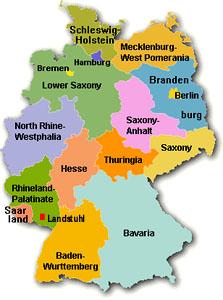 |
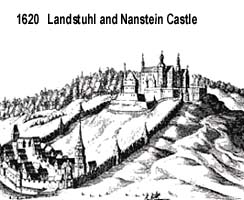 |
The German peasant was little more than a serf, and belonged to his
Prince who viewed him as a valuable asset, little more than a slave. The
rights were also granted to the Knights and other nobles by the Emperor.
These aristocrats drafted the young men, forced them into the army, and
rented them out to other warring factions in Europe. The peasant could
not legally move off of his land without paying a sort of ransom called
a manumission tax. Another feature of this power was religious control.
Each noble determine the religion of his state, which became very relevant
during the Reformation, and also led in part to the 30 year war.
To start this historical tour, its interesting to observe the formation of Germany through its past, beginning with medieval times. |
|
German King of Franks & Emperor of Holy Roman Empire: His father, King Pepin, controlled a huge amount of European land and before his death, divided his lands between his two sons. Charlemagne was allotted all lands running westward and his brother, Carloman, controlled part of present-day Germany, France, and Switzerland until his untimely death in 771. This placed Charlemagne in charge of an enormous section of land which unified the kingdom under one ruler once again. |
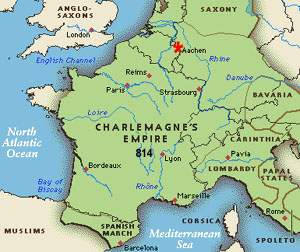 |
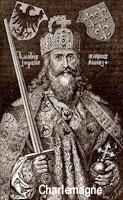 |
772 - Charlemagne
begins and wins wars with the pagan Saxons to the north of his kingdom.
778 - Around this time, Charlemagne advances to the East, against the Avars and Slavs, and adds the lands of Eastern Germany and Hungary to his growing empire. 800 - Charlemagne is crowned emperor of the Holy Roman Empire at St. Peter's Basilica. 802 - Charlemagne completes the establishment of his court at Aachen, Germany, and gathers the best scholars in Europe in hopes of turning Aachen into an educational city. 814 - Charlemagne's health declines, he delegates power to his son, Louis the Pious, and dies in 814. |
| The Empire was devided into counties, each governed spiritually by catholic bishops and in secular affairs by counts. Charlemagne conceived of his new authority as a revival of the old Roman power and it became "holy" in name when Frederick Barbarossa introduced the word sacrum into his title in 1155. |
|
After he was elected emperor, he began to fortify the land of Pfalz, building a castle at Kaiserslautern and a number of surrounding fortifications at Hohenecken and the castle Nanstein at Landstuhl. Construction of these castles continued throughout the following centuries to meet the challenges of new attack weapons. The unique Pfalz castle was owned by a typical baron who levyed Rhine tolls against travellers.. |
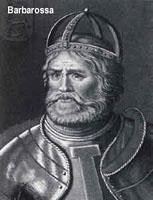 |
|
|
|
|
|
|
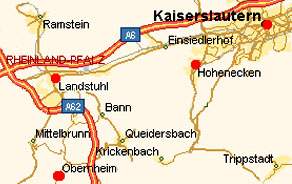 |
He uses the same old German feudal rights using the peasants in military
enterprises. Some of these Knights became quite poor so they began a life
as mercenaries and robbers. The most successful of these was Franz Sickingen
from Landstuhl.
The mercenary Franz begins raids along the Rhine, surprising his oponents,
resulting in quick success with low casualties. He also feuds with the
Princes in realm politics, thus breaking the peace.
|
| This places Franz under the ban of the Holy Roman Empire so he
decides to serve King Francis I of France. Later he makes peace with the
Holy Roman Kaiser, Maximilian I, and also helps to elect Charles V as emperor.
The Realm Knight War (1523) |
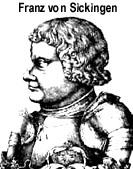 |
|
The Sons of Franz of Sickingens received the ruin in 1542 and rebuilt the plant immediately. The castle went through the Thirty Years' War (1618-1648) undamaged. In 1688 invading French troops, pursuing a scorched earth policy, occupied the castle and eventually blew it up. It was never restored after its destruction. |
|
|

The Wars End - Westphalia Treaty Results
| 1) Control of the
Habsburg Emperor over the German territorial rulers was reduced to zero
thus ending the Holy Roman Empire. The Hapsburgs however remained strong
in the east and eventually formed the Austrian - Hungarian empire.
2) The common people bore the heaviest cost of this devastating war with population losses believed to have been about 40-50 % (20 million to 12 million) Education and agriculture were halted as there were not enough people left to rebuild or replant the farms. |
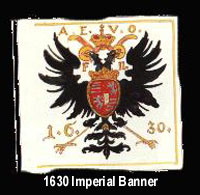 |
3) Religious unity
was not established and remained the same as pre-war. Northern Germany
tended to remain Protestant, and the south was Catholic as before.
4) The Treaty of Westphalia still recognized the sovereign, independent authority of the German princes with each ruler still governing his particular territory and ability to make war or peace. The peasants gained nothing but death and despair. 5) The main gain was made by France who now became the dominate power in Europe. |
|
|
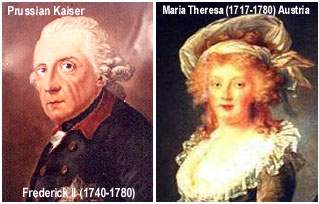 |
Frederick the Great began his reign the same time as Maria Theresia
became the monarch of Austria. When Frederick seized the province of Silesia
from Austria, Maria Theresia organized an alliance of other European countries
and various battles were fought. The end result of this restored the prewar
status quo, however Prussia emerged as a powerful force in Europe.
The war also coincided with the French and English colonial struggle in North America with the result that Britain emerged as the world's chief colonial empire. France lost most of its overseas possessions. |
|
|
|
|